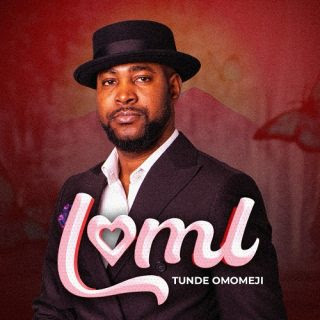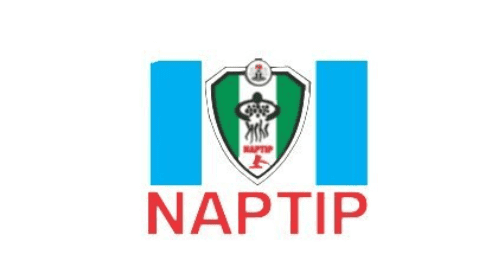Nigerian Girls Reportedly Sold At N210,000 As Sex Slaves In Mali – NAPTIP

Nigerian Girls Reportedly Sold At N210,000 As Sex Slaves In Mali – NAPTIP

The cries of some Nigerian girls sold as as sex slaves in Mali have been heard in the ECOWAS parliament by the National Agency for the Prohibition of Trafficking in Persons, NAPTIP.
NAPTIP Director-General, Julie Okah-Donli, while speaking at a presentation to members of the ECOWAS Parliament, revealed that the Nigerian girls were being sold for between N210,000 and N240,000 to work as prostitutes, Vanguard reports.
NAPTIP is seeking an agreement between Nigeria and neighbouring West African countries to end the practice of Nigerian girls being used as sex slaves in Mali.
Presenting the report of the fact-finding mission to Mali, Okah-Donli said that after being sold, the girls were made to pay back between N1.08 million and N1.2 million, usually within eight months, to their madams.
She said,
“There are more than one million Nigerians residing in Mali. About 20,000 of these Nigerians are girls believed to be victims of trafficking and the number increases by 50 per day.
“Many victims are deceived to leave their livelihoods in Nigeria for greener pastures in ‘Mali”
“Some of the victims are abducted from Nigeria, including those that arrive in school uniforms.”
“On arrival at the border town between Burkina Faso and Mali, many of the girls are sold off for CFA 350,000 to 400,000; their new owners then make them pay back about CFA 1.6 million to CFA 2 million with one CFA being 0.6 Naira,” she said.
Okah-Donli said that as part of efforts to curb the trend, the agency recommended among other things, that Nigeria should develop a Memorandum of Understanding (MoU) with Mali, Burkina Faso, Benin Republic, Guinea and Senegal.
She said,
“There is need for comprehensive sensitisation of rescued victims before repatriation and a comprehensive blueprint worked out for tracing, empowerment and rehabilitation of victims”
Do you find Tmaq Media useful? Click here to give us five stars rating!




















